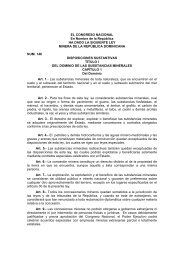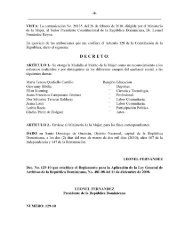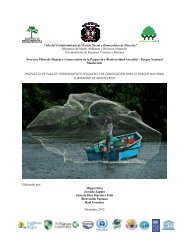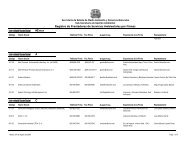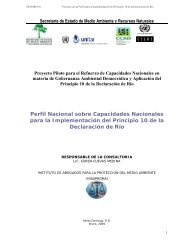CAMBIO CLIMATICO
CAMBIO CLIMATICO
CAMBIO CLIMATICO
You also want an ePaper? Increase the reach of your titles
YUMPU automatically turns print PDFs into web optimized ePapers that Google loves.
PRIMERA COMUNICACIÓN NACIONAL<br />
Both climate and diseases show significant<br />
changes in the behavior of variability and of epidemiological<br />
patterns, respectively, since, beginning<br />
with the decade of the 90s, both showed<br />
signs of persistence in their variations that could<br />
be taken as the first signs of climate change, as<br />
well as of a change in the behavior of the diseases<br />
and their response to climate variations, that is, a<br />
secular (or long term) trend is observed in the evolution<br />
of the climate variability in the area studied.<br />
It is possible to develop distinct adaptation<br />
strategies for reducing the impact of climate on<br />
human health. In general, these measures<br />
could be developed both at individual and population<br />
levels.<br />
The first measure is common to all targeted levels<br />
and refers to maintaining the population<br />
informed through educational programs on the<br />
risks or events that could arise. This will allow<br />
for active participation on the part of the community,<br />
providing local solutions that will alleviate<br />
some of these effects. For each one of these<br />
diseases, specific measures should be identified<br />
or recommended that will allow an impact at the<br />
lowest possible cost, in order to obtain the greatest<br />
efficiency in reducing the health problems<br />
faced by the county in the new century.<br />
This should be achieved by creating an<br />
Integrated Surveillance System as part of a<br />
national network or system, one that facilitates<br />
the prediction of epidemics or the determination<br />
of behavior of diseases outside their endemic<br />
environment. As a result, there can be a more<br />
adequate and rational planning of available<br />
resources during contingency periods and a<br />
reduction in the effects of the impact of climate<br />
change.<br />
Furthermore, a research team should be created<br />
to provide knowledge regarding the vulnerability<br />
of the epidemiological pattern of malaria to<br />
the potential impacts of climate change by<br />
region, in those areas or human settlements<br />
most likely to be affected by infectious and noninfectious<br />
diseases. In this way, resources can be<br />
targeted and changes or specific measures can<br />
be applied in these areas.<br />
49



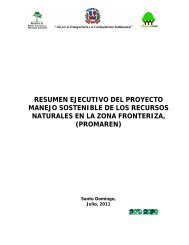
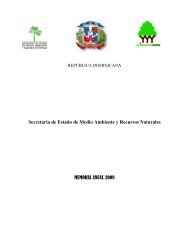

![Documento de trabajo del grupo G-77[1] EconomÃa verde en el ...](https://img.yumpu.com/50859069/1/190x245/documento-de-trabajo-del-grupo-g-771-economa-a-verde-en-el-.jpg?quality=85)




